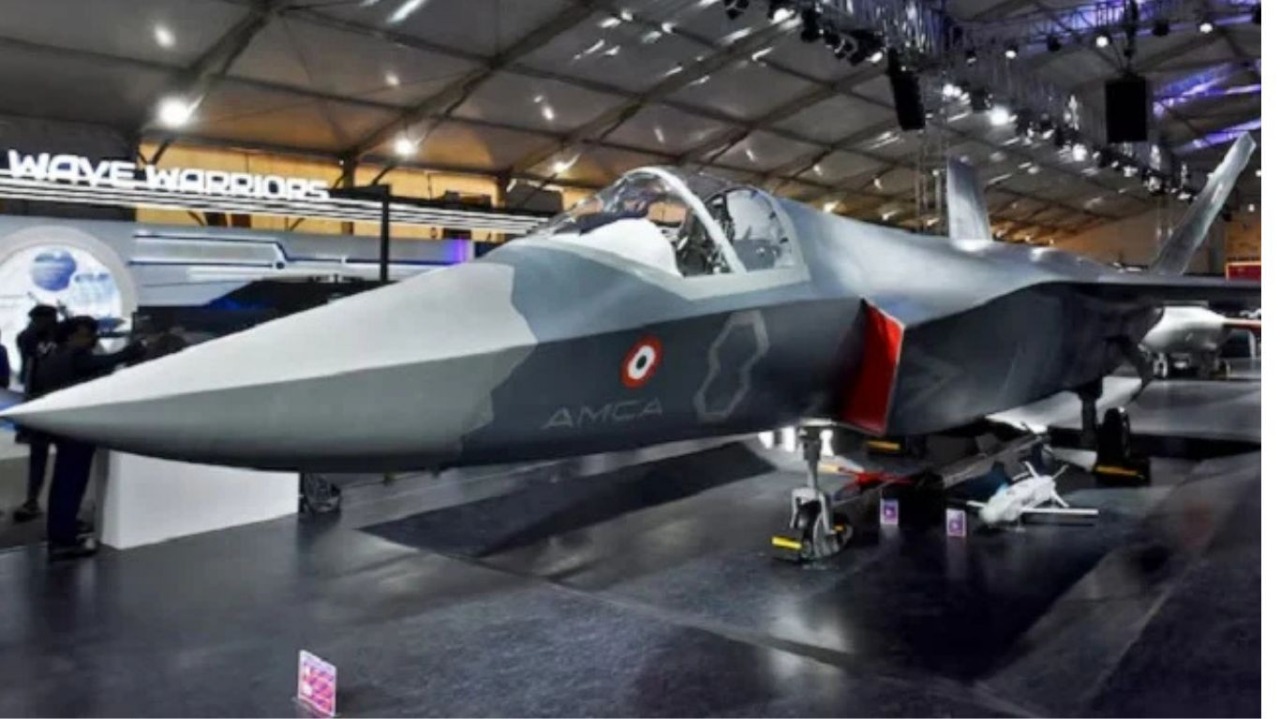India has taken a decisive leap in its indigenous defence capabilities by announcing a landmark collaboration with French aerospace giant Safran to co-develop and manufacture advanced fighter jet engines domestically. The agreement, confirmed by Defence Minister Rajnath Singh at the Economic Times World Leaders Forum, marks a strategic milestone in India’s fifth-generation fighter aircraft program and aligns with the broader Aatmanirbhar Bharat vision for defence self-reliance.
Project Scope And Technical Ambition
-
The joint venture will design, develop, test, certify, and produce a 120-kilonewton thrust class engine for India’s Advanced Medium Combat Aircraft (AMCA) and future platforms
-
The project will be executed in partnership with the Defence Research and Development Organisation (DRDO) and its Gas Turbine Research Establishment (GTRE)
-
The engine will feature full intellectual property ownership and licensing control by India, ensuring long-term strategic autonomy
-
Estimated to cost around 7 billion dollars, the initiative includes complete technology transfer from Safran, a first-of-its-kind arrangement in India’s aerospace sector
Strategic Importance For AMCA Program
-
The AMCA is India’s indigenous fifth-generation stealth fighter jet, designed to feature supercruise capability, internal weapons bay, sensor fusion, and advanced avionics
-
The first two squadrons of AMCA will be powered by GE-F414 engines, while the remaining five squadrons will use the co-developed 120-kN engine
-
The engine deal is expected to accelerate the AMCA’s production timeline, with full deployment targeted by 2035
Why Safran Was Chosen
-
Safran already manufactures helicopter engines in India and has a strong operational footprint, including an MRO facility in Hyderabad for Rafale’s M88 engines
-
The French firm’s proposal was evaluated and cleared by DRDO as the most viable option, beating out competing bids from Rolls-Royce and General Electric
-
The collaboration builds on the India-France Horizon 2047 strategic partnership, which designates 2026 as the Innovation Year
Defence Ecosystem And Industrial Impact
-
The project will create a full-fledged aero-engine manufacturing ecosystem in India, including supply chain development, testing infrastructure, and skilled workforce training
-
It is expected to generate thousands of high-tech jobs and catalyze private sector participation in defence manufacturing
-
The initiative complements India’s recent defence production surge, which has tripled from Rs 40,000 crore in 2014 to over Rs 1.5 lakh crore in 2025
Broader Defence Modernisation Context
-
India has already signed a multi-billion-dollar deal to acquire 26 Rafale Marine jets from Dassault Aviation, adding to the 36 Rafales in service
-
The country has launched its first indigenous aircraft carrier, new submarines, warships, and a long-range hypersonic missile test in recent years
-
Defence exports have grown nearly 35 times in the past decade, reaching Rs 23,622 crore in 2024–25, with a target of Rs 50,000 crore by 2029
Conclusion
The India-Safran fighter jet engine collaboration marks a transformative moment in India’s aerospace and defence landscape. By securing full technology transfer and domestic production rights, India is not only addressing a long-standing capability gap but also positioning itself as a future exporter of advanced military propulsion systems. As the AMCA program gains momentum, this partnership stands as a testament to India’s resolve to lead in next-generation defence innovation.
Sources: Outlook Business, MSN India, Dawn, News18, The Hindu, CNBC TV18.




